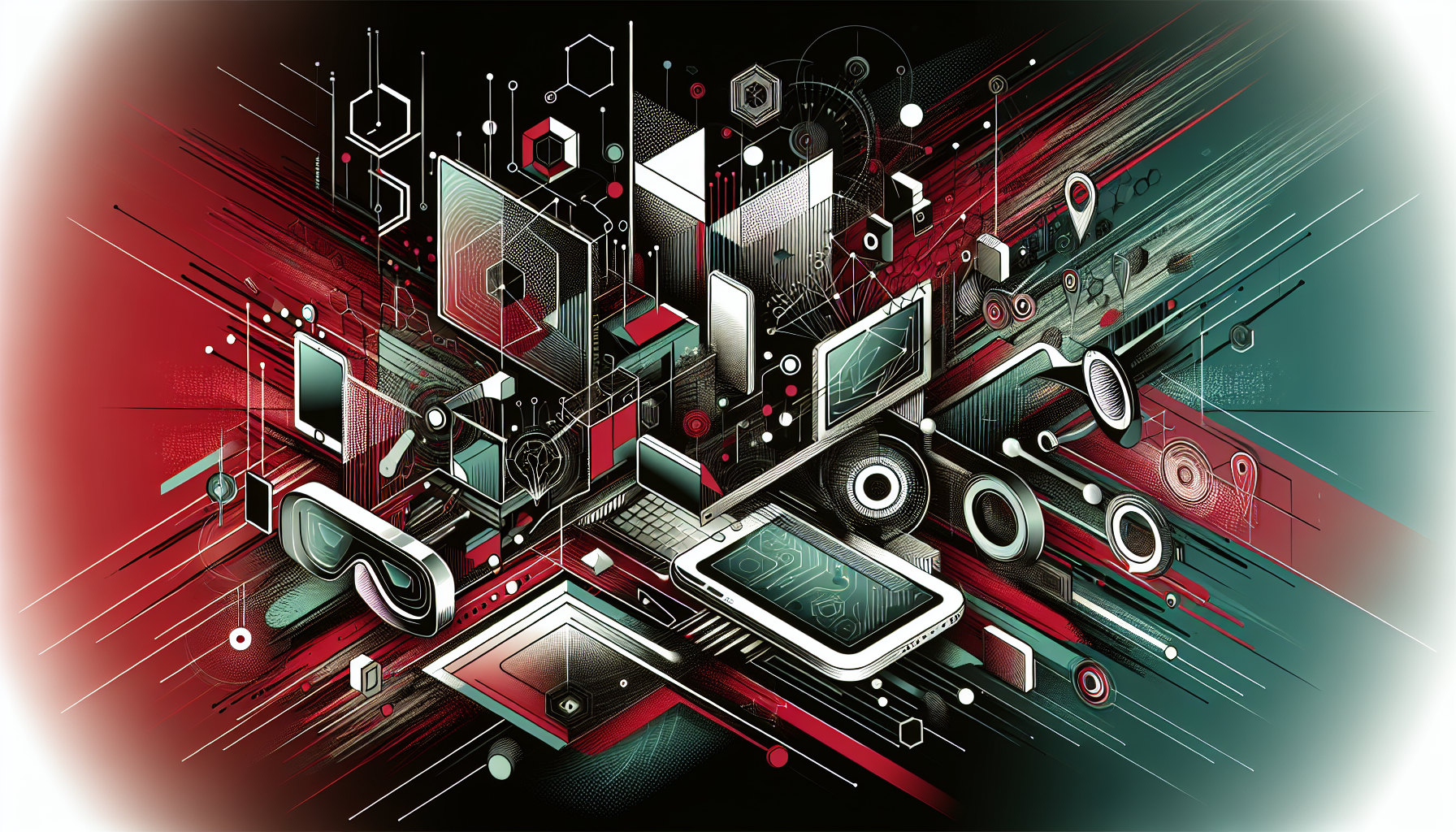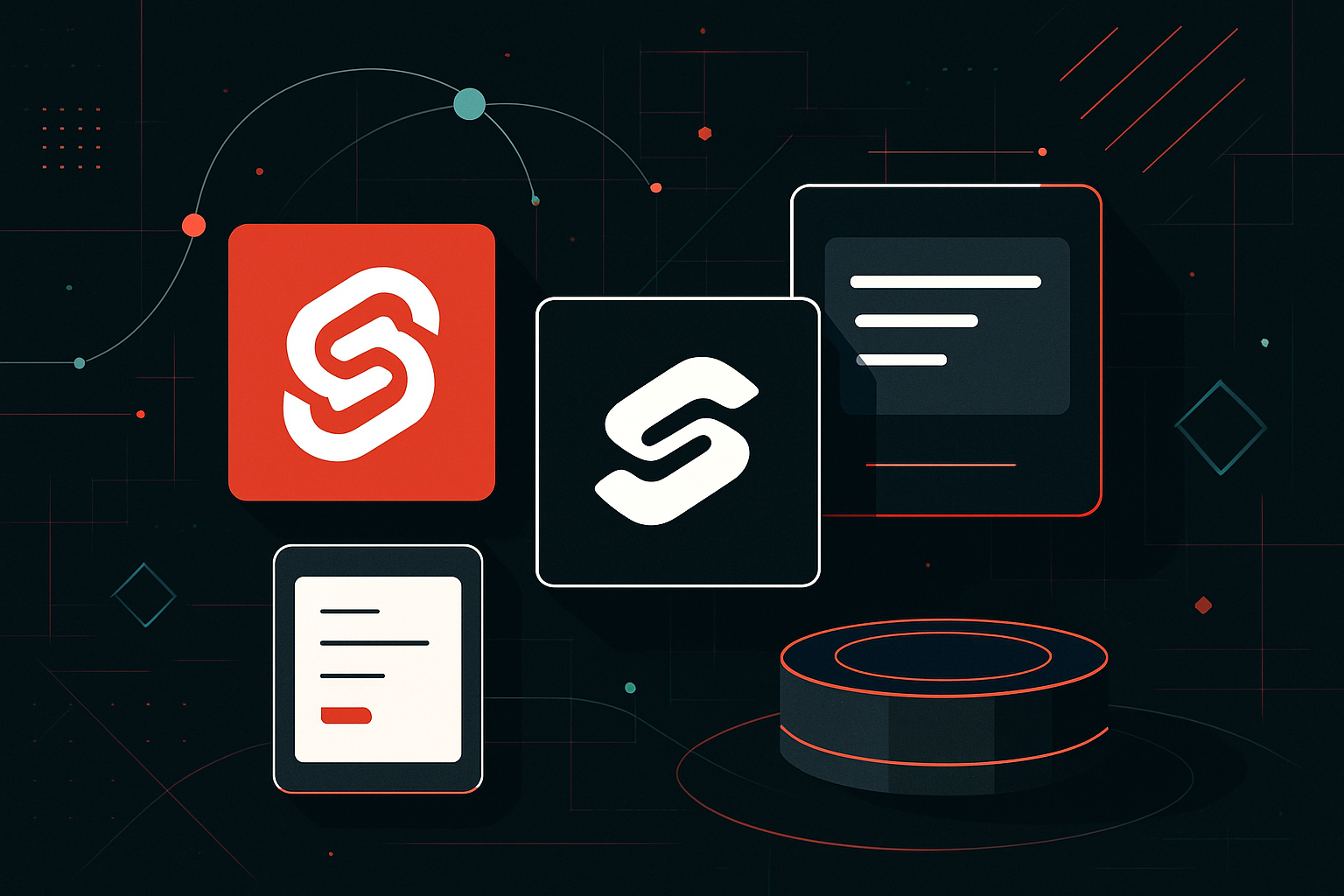Mixed Reality in the Workplace as a New Era of Collaboration

Understanding Mixed Reality: The Fusion of Real and Virtual Worlds
Mixed Reality (MR) represents an advanced stage in the evolution of immersive technologies, blending the physical and digital worlds to create new environments where digital and physical objects coexist and interact in real-time. Unlike Virtual Reality (VR), which immerses users in a fully digital environment, or Augmented Reality (AR), which overlays digital content on the physical world, MR allows for more dynamic interaction between the two worlds.
Technical Foundations of Mixed Reality
Hardware Components
- Head-Mounted Displays (HMDs): Devices like Microsoft HoloLens and Magic Leap are crucial for MR. These provide the visual platform for integrating digital content into the real world.
- Sensors and Cameras: Essential for spatial understanding and tracking user movements, enabling seamless interaction with digital objects.
- Computational Units: Powerful processors are required for rendering complex graphics and processing input data in real-time.
Software Components
- MR Platforms: Examples include Microsoft’s Mixed Reality Toolkit (MRTK) and Unity’s XR Interaction Toolkit. They provide APIs and development environments for building MR applications.
- Spatial Mapping and Anchoring: Key technologies that allow digital objects to be placed in the physical world and remain in fixed positions relative to real-world environments.
Benefits of Mixed Reality in the Workplace
Enhanced Collaboration
- Virtual Meetings: MR enables life-like virtual meetings where participants can interact with 3D models and digital content, bridging geographical distances.
- Shared Workspaces: Teams can collaborate on complex designs and projects as if they were in the same room, improving communication and understanding.
Improved Training and Simulations
- Hands-On Learning: MR facilitates immersive training environments for complex tasks, such as medical procedures or machinery operation, enhancing learning outcomes.
- Safe Simulations: Employees can practice risky procedures in a safe, controlled virtual environment, reducing the risk of accidents.
Increased Productivity
- Real-Time Data Visualization: Workers can access and interact with data on-the-go, enhancing decision-making and operational efficiency.
- Remote Assistance: Experts can guide field workers through complex tasks using MR, reducing downtime and improving service quality.
Implementing Mixed Reality: A Step-by-Step Guide
- Assess Needs and Objectives: Identify specific business challenges that MR can address, such as remote collaboration or employee training.
- Choose the Right Hardware: Evaluate options based on use case requirements. Consider factors like field of view, comfort, and integration with existing systems.
- Develop or Source Applications: Decide whether to build custom applications using development platforms like Unity or purchase pre-built solutions.
- Pilot and Iterate: Start with a pilot program to test MR applications in a controlled setting. Gather feedback and make improvements before full-scale deployment.
- Train Employees: Provide comprehensive training for users to maximize the benefits of MR technology.
- Monitor and Optimize: Continuously monitor the performance and impact of MR applications, and make data-driven adjustments.
Challenges and Considerations
Technical Challenges
- Latency and Performance: Ensuring real-time interaction can be technically demanding and requires robust hardware and software solutions.
- Integration: Seamlessly integrating MR with existing systems and workflows is crucial to avoid disruptions.
Human Factors
- User Acceptance: Employees may be resistant to new technology. Providing clear benefits and adequate training can help overcome this.
- Health and Safety: Prolonged use of MR devices can lead to discomfort or health issues. Ergonomic design and usage guidelines are important.
Case Studies and Examples
Case Study 1: Remote Collaboration in Architecture
An architecture firm used MR to allow teams distributed across different locations to collaborate on 3D models of building designs. This reduced travel costs and sped up design iterations.
Case Study 2: Training in Healthcare
A hospital implemented MR training modules for surgical procedures, leading to a 30% reduction in errors and faster skill acquisition among trainees.
Comparative Analysis: MR vs. AR and VR
| Feature | Mixed Reality (MR) | Augmented Reality (AR) | Virtual Reality (VR) |
|---|---|---|---|
| Environment Interaction | Real and virtual worlds | Real world with digital overlay | Fully digital environment |
| Hardware | High-end HMDs | Smartphones, tablets, HMDs | High-end HMDs |
| Use Cases | Collaboration, training | Navigation, marketing | Gaming, simulation |
| User Experience | Seamless, interactive | Overlaid, less interactive | Fully immersive |
Developing a Simple MR Application: Code Snippet
Here’s a basic example of using Unity and MRTK to create a simple MR application that places a 3D object in a physical space.
using UnityEngine;
using Microsoft.MixedReality.Toolkit.Input;
using Microsoft.MixedReality.Toolkit.Utilities;
public class SimpleMRApp : MonoBehaviour
{
public GameObject objectToPlace;
void Start()
{
if (objectToPlace != null)
{
// Position the object at a specific location
Vector3 position = new Vector3(0, 0, 2); // 2 meters in front of the user
Instantiate(objectToPlace, position, Quaternion.identity);
}
}
void Update()
{
// Add interaction logic here
}
}
This code initializes a 3D object in a specified location within the mixed reality environment. Further customization can be added for interaction and behavior.





0 thoughts on “Mixed Reality in the Workplace as a New Era of Collaboration”